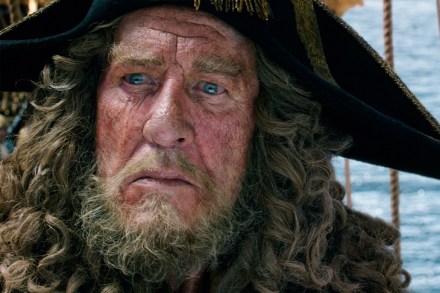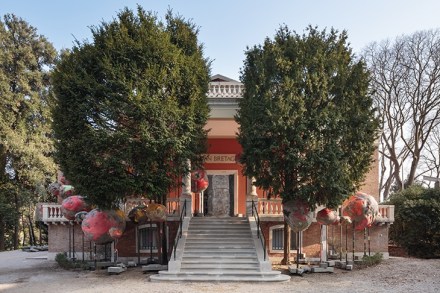When will I ever learn?
Oh, Pirates of the Caribbean, I have given you every chance down the years. Every chance. I am always hopeful. This may be the one that has a proper story I can follow, I have told myself. This may be the one in which Johnny Depp even bothers to act, I have told myself. This may be the one that doesn’t make me wish I’d stayed home where I could be doing something more interesting and fulfilling, like sorting laundry or cleaning out the fridge. When will I ever learn? When? Pirates, you’re on film five now, and I don’t understand. Well, I do and I don’t. You’re one of




















